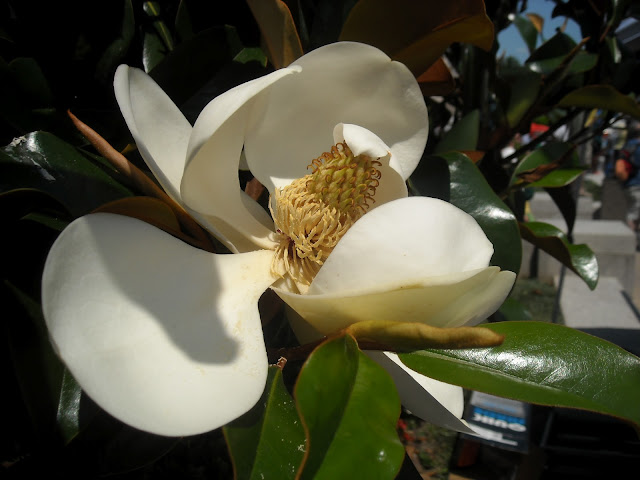What are they DUNE-ing here?

The other day I went hiking on a trail that I had not visited before in the Indiana Dunes National Lakeshore. View Larger Map They call it the Inland Marsh Trail, which is a series of sand dunes (mounds of wind-driven sand) that had formed about 10,000 years ago and then grew over with vegetation. In some of the blowouts and other areas where sand had been eroded away, marshes and wetlands had formed that were isolated from nearby Lake Michigan, hence the name 'Inland Marsh.' As I was meandering along the trail taking pictures of all of the unique plants and wildlife fluttering around me, I ran into a young couple who were just off the trail gazing at the ground rather dumbfounded. The gentlemen asked me, "Excuse me, but have you seen lizards around here?" "Yeah, well we have a couple different species of lizards around here," I responded with an as-a-matter-of-fact reply. I then caught myself and realized these people were nothing short of mesm
